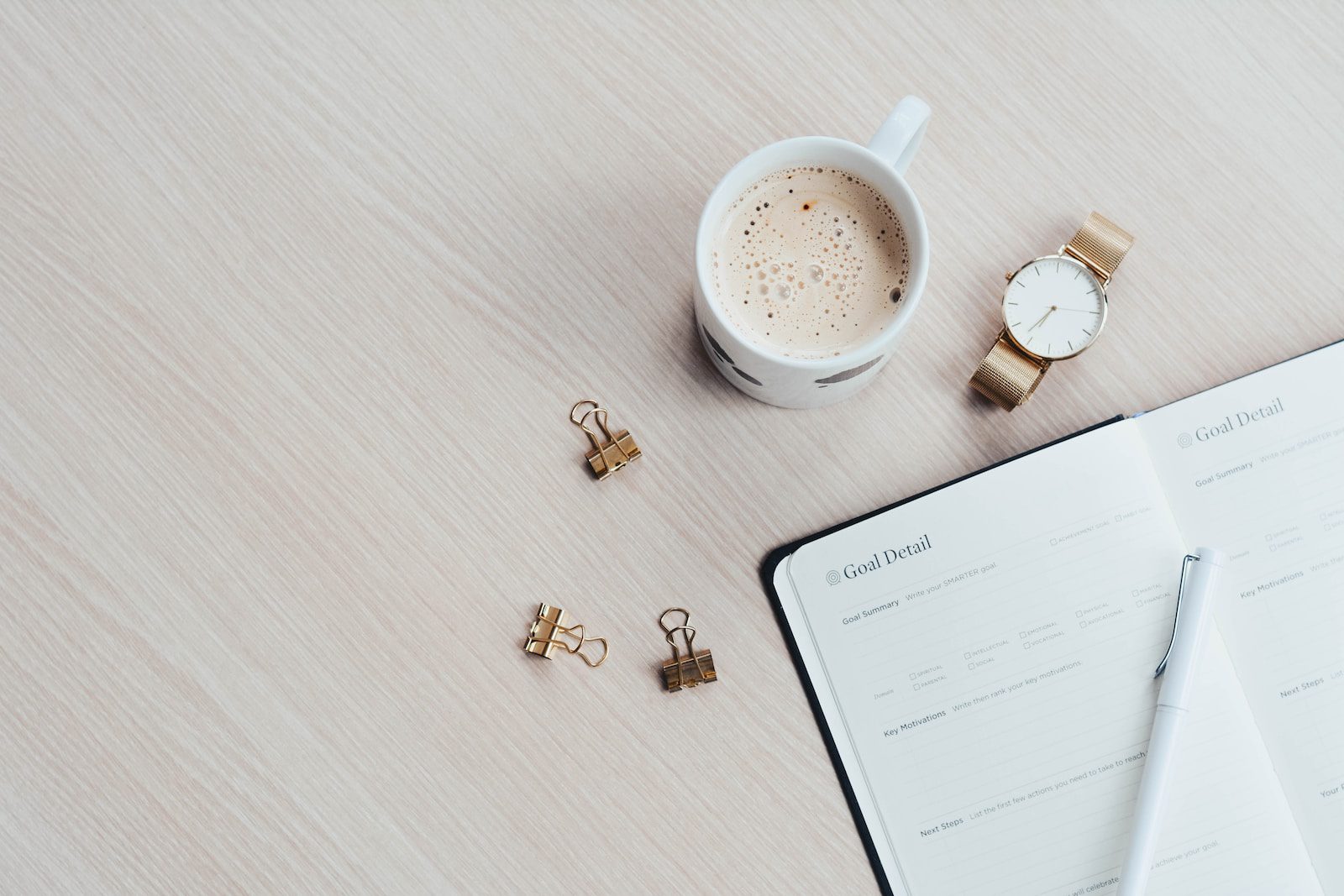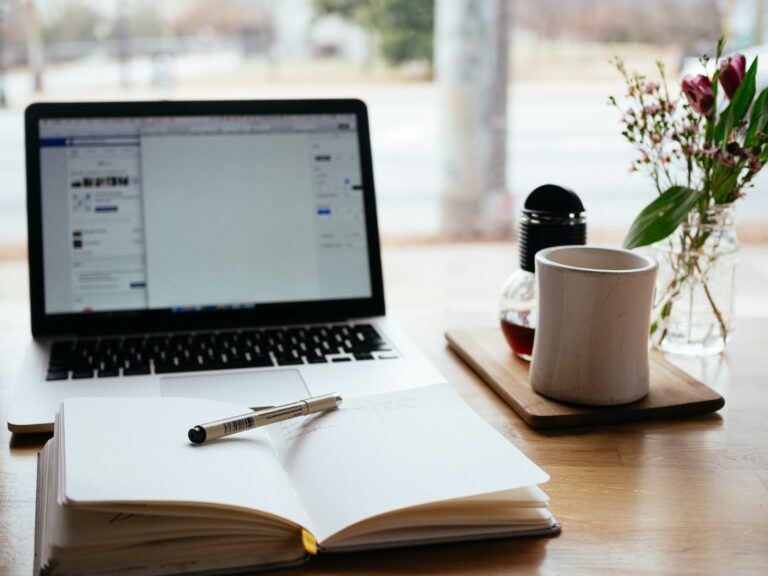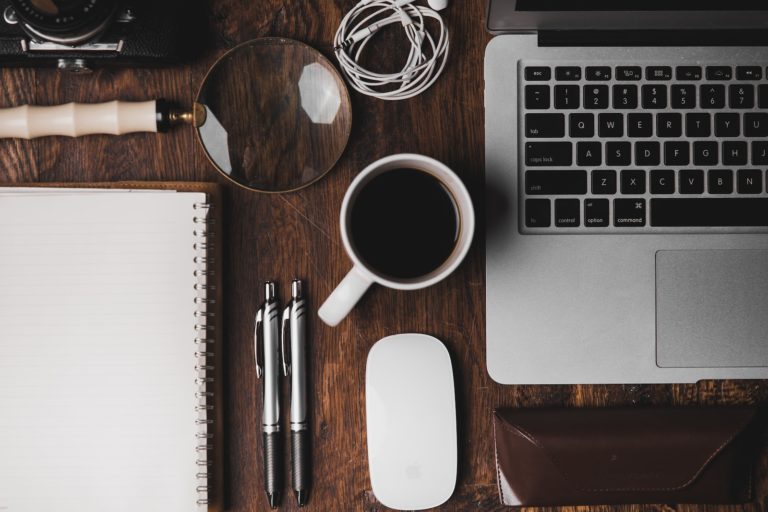We’ve all heard the reminder to “Work smarter, not harder”—but that’s easier said than done. How do we boost our productivity?
While the word “productivity” is associated with the workplace, we can use productivity” for any aim. Being productive might mean writing a certain number of words each day, practicing a musical instrument regularly, or completing tasks needed for an ambitious DIY project.
Hacks for a quick boost of productivity
- Clarify your objective. What do you want to accomplish? Be able to fit the car in the garage, finish a project that’s hanging over your head, streamline your work day?
- Make a list. If you feel overwhelmed by tasks and obligations, write them down. Break down big projects into smaller, more manageable tasks, separate today’s tasks from tomorrow’s, and “Must-Dos” from “Could-Dos.” Anything you can get done in a few minutes for a quick win?
- Track your energy. At what times of day do you feel most productive? Our natural energy levels fluctuate throughout the day. How might you adjust your routine or plan activities for times you feel more focused or creative?
- Eliminate distractions. When you’re preparing for a period of productivity, get your coffee, put your phone in airplane mode, and set boundaries with your colleagues or others in your household.
- Find accountability. Many people wonder, “Why can’t I get myself to do something I want to do?” The answer may be that you need accountability. Try finding a mentor or accountability partner, taking a class, joining a group, or giving yourself a deadline with consequences if you don’t meet it.
- Think about identity. If you resist forms of accountability, like deadlines and supervision, consider how your productivity aims reflect an identity or lifestyle you’d like to cultivate, such as “I’m a writer,” “I’m a successful business owner,” “I enjoy living in a neat and organized home.”
- Keep a commonplace book. Use the book to keep track of anything you’d like to remember: quotations, anecdotes, observations, data—anything. You never know what might spark an idea, make an unexpected connection, or come in handy later.
- Try writing “morning pages.” In Julia Cameron’s book The Artist’s Way, she suggests starting every day by filling three pages with stream-of-consciousness writing to get your creativity flowing. If you’re more of a night owl, you might try “evening pages.” Can’t manage three pages? Start with one sentence.
- Allow yourself to play. To engage your brain in new ways, you might sculpt with clay, write a limerick, color in a coloring book, browse in an art supply store, or stop by a thrift shop.
- Know yourself. We won’t make ourselves more productive by copying other people’s habits, even the habits of geniuses. We must know ourselves, our preferences, our tendencies, our limitations, and what habits serve us best. What works for you?
- Remember to slow down. Play and rest are essential to productivity. Revisit an activity you enjoyed when you were ten years old. Sometimes, to keep going, we have to allow ourselves to stop.
- Fill the well. We can’t make progress on our aims when we’re depleted. To replenish yourself, you might set aside time to read a book, visit an art museum, explore a hardware store, attend a live performance, spend time in nature, or talk to someone who inspires you.
- Pair your habits. Pair an activity you’re struggling to do with one that you want to do. You might try only watching your favorite tv shows when you’re working out, or always taking your medication with your morning coffee.
- Keep up a streak. Use the Don’t Break the Chain tool in the Happier app or a Habit Tracker to mark each day you accomplish your aim. The chain that gets stronger with every link you add as you build momentum.
- Tidy up for ten minutes. Schedule time every day for regular clutter-clearing. It’s easier to keep up than to catch up, so it’s easier maintain a clear space than to tackle clutter once it’s built up. Tidy up for ten minutes every evening, clear off your desk at the end of your work day, put away dishes before bed.
- Steer clear of quicksand. Quicksand is something that draws you in, drags you down, and holds you there. Bags of chips, online shopping, Netflix, slot machines—all can be quicksand for people.
- Schedule a Power Hour. Keep a running list of things you need to do (get a prescription filled, return library books), and then spend one hour, once a week, crossing items off the list.
- Start now. The best time to start is now. Instead of focusing on getting it perfect, just get it going.
- Suit up. Signal to yourself that you’re “working” by putting on some kind of appropriate outfit. If you plan to tackle yard work, put on gardening gloves. If you’re sitting down in front of your computer, change out of your pajamas first.
- Give yourself transitions. If you’re having trouble concentrating, give yourself an intermediate step between tasks. After you’ve checked the news, tackle something work-related, but low effort—like answering straightforward emails—before moving on to a high-intensity project.
- Think about your environment. Look for ways to make a space you use regularly more efficient and attractive—whether that’s a desk, kitchen, car, garden, or bedroom. Clear clutter, add pillows or more comfortable furniture, eliminate unpleasant sounds or smells, improve your light.
- Stretch. Taking a moment to stretch can help boost mindfulness and creativity, and relieve stress. Stretching is also a great way to relax before bed.
- Track your hours. We manage what we monitor. If you want to make progress on an aim (like learning Spanish or running three times a week), track the hours you put in using the Numbers Tracking tool in the Happier app.
- Tackle dreaded tasks first thing. The night before, commit to do the dreaded task. And the next day, at the first possible moment—as soon as you walk into work, or when the office opens, or whenever—just do it. Don’t allow yourself to reflect or procrastinate.
- Enjoy the fun of failure. Many things worth doing are worth doing badly. Doing something badly is often a necessary stage toward doing it well.
Build your productivity toolkit with the Happier app
The Happier™ app recommends habit-change tools tailored to your Tendency, but you can add any tool to your toolkit that works for you and your aims.
- Use the Photo Log tool to make a visual record of your progress.
- Check off every day you make progress with the Don’t Break the Chain tool.
- Log hours of practice or word count with the Track Your Total tool.
- Create a written record of a project with the One-Sentence Journal tool.
- Identify an accountability partner or group and check in with them every day using the Accountability Partners tool.
In his Journal, painter Eugène Delacroix observed, “When one’s mind is refreshed by work, a sense of happiness pervades one’s whole being.”
When we work productively, we don’t waste time, energy, or money; we have the refreshing sense of efficient execution. What tips do you use to make sure that you’re being productive with your efforts?




